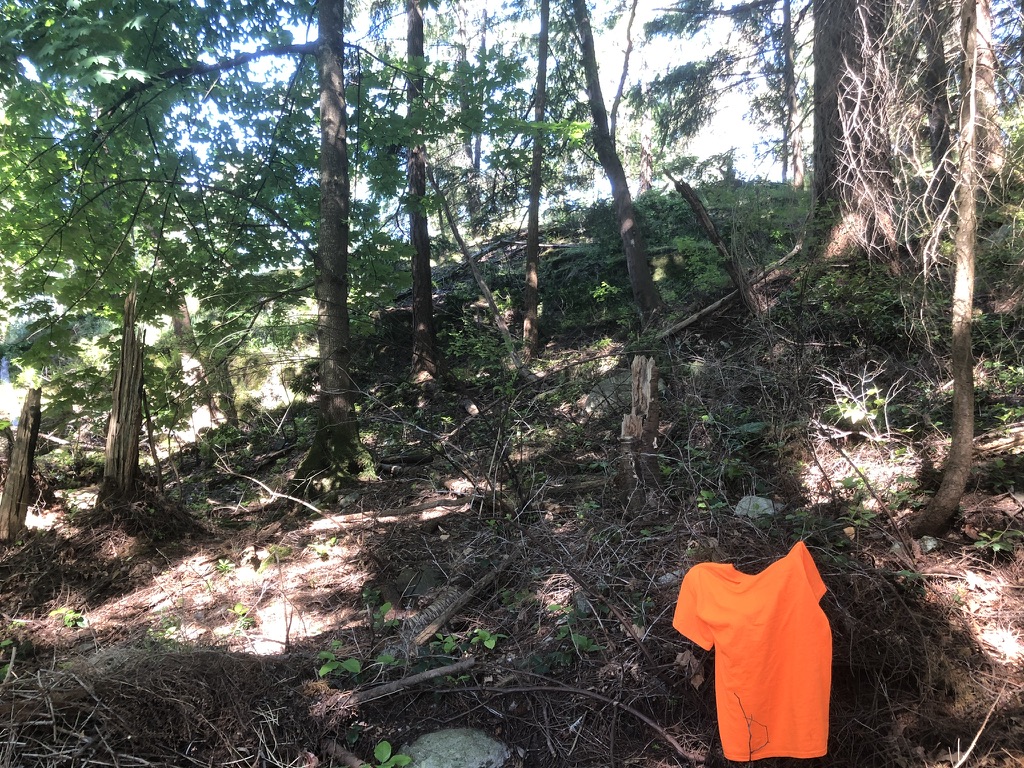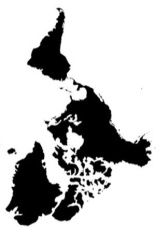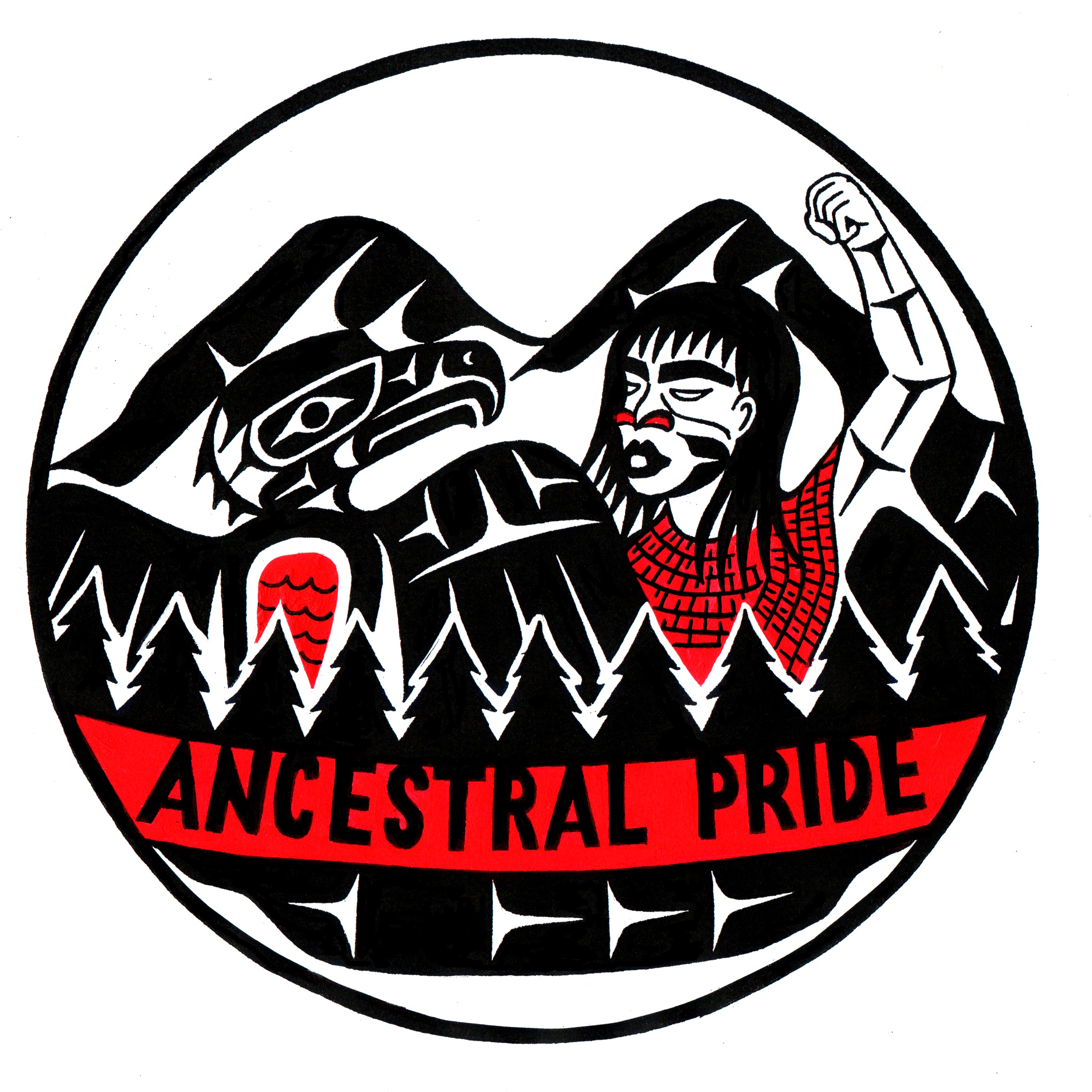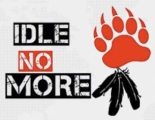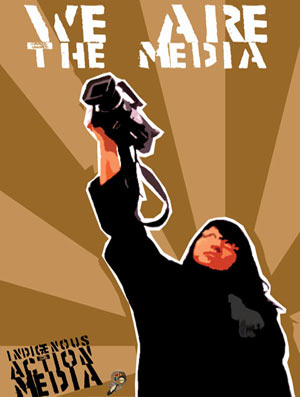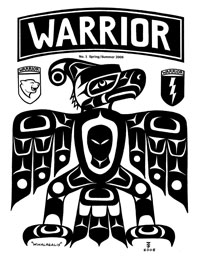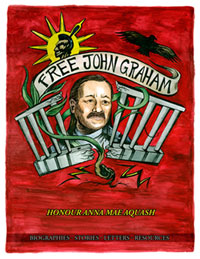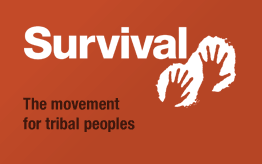 By Maia Ramnath, from the IAS Lexicon pamphlet series, February 2012
By Maia Ramnath, from the IAS Lexicon pamphlet series, February 2012
(Download it in PDF format for pamphlet printing)
The Lexicon pamphlet series, a new project of the Institute for Anarchist Studies (IAS), aims to convert words into politically useful tools—for those already engaged in a politics from below as well as the newly approaching—by offering definitional understandings of commonly used keywords. Each Lexicon is a two-color pamphlet featuring one keyword or phrase, defined in about 2,000 words of text, and all pamphlets are available for free from the IAS, or can be downloaded here for printing and sharing. The first five pamphlets, designed by Josh MacPhee of Justseeds Artists’ Cooperative and printed by P&L Printing in Denver, are: “Power” by Todd May, “Colonialism” by Maia Ramnath, “Gender” by Jamie Heckert. “Anarchism” by Cindy Milstein, and “White Supremacy” by Joel Olson. Stay tuned for more titles in this growing series.
Colonialism can refer to a transnational process of domination, the policies by which it is carried out, and the ideologies that underwrite it. Modern colonialism has taken various forms since the Iberian, British, and French (and later German, Belgian, and Italian) incursions into Asia, Africa, and the Americas—whether for armed trade, armed missionizing, or armed settlement—began to escalate from the late fifteenth century onward.
In its “classical” historical form (roughly the late eighteenth to mid-twentieth century), the colonial relationship consisted of a metropolitan center ruling its conquered satellites from afar, through a combination of proxy rulers and local colonial administration answerable to the “home” power. For the metropole, holding colonies maximized its advantage relative to other so-called Great Powers by securing access to resources and strategic points. Meanwhile, a colony would be cemented into a position of economic dependency by which the metropole sucked surplus value from its claimed possessions in the form of plundered raw materials (mineral wealth, flora and fauna, and plantation cash crops), while selling manufactured goods back to them. The residents of a conquered region thus played the roles of superexploited cheap or coerced labor and captive consumer markets, while their own prior modes of subsistence and production were decimated. This economic pattern required colonial rulers to maintain a strong military presence as well as a trained class of native collaborators to make its local administration and policing feasible.
The act of initial takeover, from the perspective of surplus wealth extraction (aka developmental aid), is sometimes called the moment of primitive accumulation, or accumulation by dispossession. The latter term makes it clear that this wasn’t just a singular, originary event long in the past but rather a process that constantly continues to expand, regularized through a symbiotic combination of direct governmentality and subsidized corporate activity.
This kind of formalized system collapsed when the two world wars broke up the European imperial powers. New superpowers, however, were already emerging to take their place as global imperial rivals. As international politics froze into their cold war polarization while the newly independent countries of Asia and Africa attempted to maintain their hard-won independence outside either bloc, Kwame Nkrumah popularized the phrase neocolonialism to describe the situation they now risked. What he meant by calling neocolonialism “the highest stage of imperialism” (in reference to Vladimir Lenin’s famous formulation of imperialism as “the highest form of capitalism”) was that even if formal political independence was recognized, “freedom” was in substance meaningless if global economic power imbalances still replicated or even exceeded those of the classical colonial period.
Nkrumah was Ghana’s first democratically elected leader, and one of the key figures in both the Pan-Africanist movement and Non-Aligned Movement of decolonizing countries in Africa and Asia as well as in India, Egypt, Indonesia, and Yugoslavia. Joined by Latin America— which by then had already been struggling for almost 150 years against exactly that kind of relationship to the United States—the countries of what we now call the Global South formed the “Tricontinental” alliance against recolonization in all but name: by proxy in local conflicts, covert ops to install dictators subservient to the desired interests, or economic domination.
More recently still, what’s been called globalization since the 1980s and 1990s manifests as more of the same, but in a drastically intensified form. With the Soviet Union out of the way, the Washington Consensus laid out the principles of neoliberalism to be exercised on the same regions, now primarily through mechanisms like the International Monetary Fund, World Bank, G20, and World Economic Forum. The conditions for International Monetary Fund loans required adherence to structural adjustment programs demanding that the entirety of a recipient country’s social programs be eliminated, privatized, and deregulated, and that all its financial resources previously geared toward public goods like health, education, housing, and transportation be moved toward servicing debt—that is to say, wealth redistribution toward a transnational capitalist elite, or a tiny point of a pyramid supported by a vast base of the dispossessed.
In this way, decolonizing or “developing” countries have been locked in perpetual debt, sacrificing collective welfare to the demands of corporations and their sponsors—by no coincidence, the same pool of corporations that have profited the most from the U.S. occupations of Afghanistan and Iraq over the last ten years. What we’re now seeing in North America and Europe—the widespread loss of homes and livelihoods—are the effects of neoliberalism, or exactly what’s been going on for decades in the Global South. (Here’s a parallel: when fascism overtook Europe in the 1930s, many recognized that the same genocidal logics and draconian techniques had long been routine in the colonies. What was new was the application of these dehumanizing techniques and ideologies to the metropoles, to people previously classified—though in some cases precariously—on the near side of the racial and cultural divide instead of to those conveniently far away.)
Hence, what North Americans now experience resonates in form with the most recent manifestation of colonization. But there’s an important difference: history, along with our resulting locations, literally and figuratively.
The continued expansion of capitalism has always depended on colonialism—that is, on externalizing its costs and reaching ever farther afield for inputs. This means that a political entity with an interest in generating profit has to project its power outside its territorial jurisdiction in order to do so—and that’s imperialism. This may occur through economic or military means, hard power or soft, or some combination thereof.
Furthermore, colonial projects and imperial projections require some form of racism as a legitimizing base. The stability of all colonial systems has ultimately depended on maintaining, at great effort, a strict line, supposedly existential but in truth ideological, of which one side must be portrayed as irredeemably alien, primitive, inferior, evil, scary, and/or less human. That was the only way to create justification for enslavement or genocide, whether to a public whose participation was required or another power. Some forms of this have included Christian missionary efforts, Orientalism, racialist pseudoscience, and the liberal civilizing mission, aka the white man’s burden. This is why anticolonial resistance movements in the Global South have so often been interconnected with antiracist mobilizations in the Global North; they were both linked manifestations of the same phenomenon, same logic, and same historical processes.
Two of these processes—two related techniques of colonization—are of particular relevance to contemporary repertoires of civil disobedience and their relationship to space. The first is military occupation, in which an imperial power moves its army into a place to demand its submission by brute force. The second is a subset of the colonial enterprise known as settler colonialism—in which an imperial power engages in what amounts to ethnic cleansing or a massive population transfer, by moving its own people permanently into a region, rather than just defending bases or enclaves. Occupation in these contexts means the illegitimate claiming of space: invasion, conquest, sanctioned vigilantism against prior residents. That, of course, is the dirty open secret on which the United States was founded: there is no unoccupied land here.
This is why decolonization may actually be a more accurate term for what protest movements that utilize occupation as a tactic intend to do when they establish a sustained presence in a space claimed by government, military, or corporate entities, such as (to name just a few examples) the American Indian Movement did at Alcatraz, the Bureau of Indian Affairs headquarters, and elsewhere since the 1970s; students did at universities throughout California and New York in 2008–9; and Argentinean workers did in their factories in 2001. The first example is certainly a more direct opposition to explicit colonization and conquest in the textbook sense. Nevertheless, all such actions are essentially moves toward reversing the process of dispossession; dismantling relationships of inequity and the legal/governmental structures that protect them; halting the suck of wealth extraction from the bottom to the top of the pyramid; restoration of the commons; and refusal to sacrifice the priorities of collective social well- being to the profits of an elite few. When externalized and mapped onto racialized divisions between an elite and a population to which it is seen as external, these grievances are all aspects of the colonization process.
To struggle against it, then, must also include historically contextualizing our own economic, political, and geographic locations. This enables us, among other things, to understand the connections between the rights of immigrants and indigenous peoples, both forcibly displaced by the demands of the global economy and militarization of borders, and recognize, unweave, and replace persistent racism, sexism, and all other related patterns of oppression by which colonial dominion has been justified.
